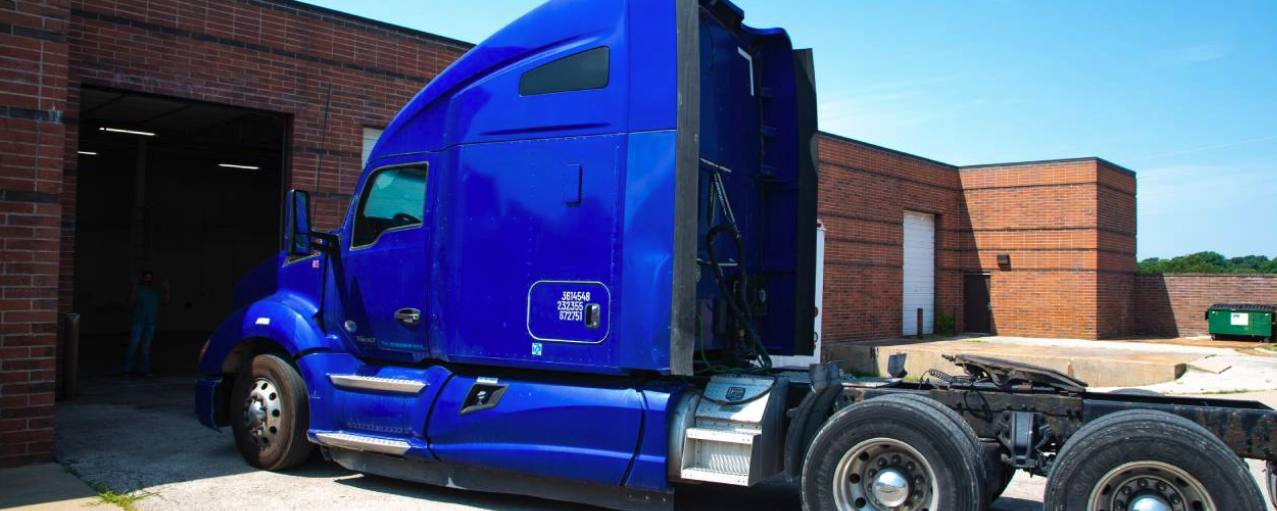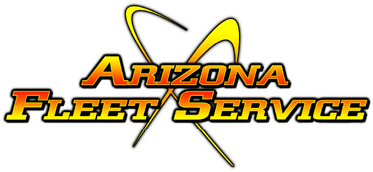Preventive Truck Maintenance Tips for Arizona Winters

Are you a truck driver based in Arizona? Then you will need to be prepared to deal with different weather conditions that happen around you. For example, you will have to deal with the hot sun during summer and cooler temperatures during winter. What must you do to ensure that your dependable desert runner can endure these subfreezing temperatures? Here are a few winter maintenance tasks that people in the Phoenix region often overlook.
Do a battery health checkup
Extremely hot or cold weather can be detrimental to truck batteries. Your battery IS operating on borrowed time, and they usually need to be replaced every few years. We recommend a quick and easy battery test to make sure you’re not in for any surprises.
Examine your engine coolant
Most Arizona locals know that this coolant keeps your engine cool throughout the summer. But did you know that the coolant also plays a role in protecting your cooling system and preventing it from freezing when the temperature drops? Vehicles are susceptible to freezing and severe failures without the correct ratio of antifreeze to water in the radiator. Your engine block might be split in two by frozen water. It may break hoses, burst radiators, and do other severe harm.
Buy appropriate windshield washer fluid
This fluid, like your antifreeze, is intended to prevent freezing in cold climates. If you’ve ever been to Snowbowl in snowfall, you understand the advantages of having windshield washer fluid that doesn’t freeze. Frozen washer fluid might harm your washer bottle and pump or remain on your windshield and solidify (which coincidentally makes it very difficult to see while driving).
Be aware of any unusual odors
Cooler temperatures have the potential to cause an otherwise good gasket to leak. Your rubber seals and gaskets tend to shrink when the temperatures drop, which might worsen small leaks. You wouldn’t believe how many leaky valve cover gaskets we see throughout this season!
Smoke may arise from engine oil dripping into your exhaust system, which is quite hot. This can happen if your valve cover gasket is leaking.
Inspect the thermostat
Your engine will only be able to become hot enough if your thermostat is working correctly. The outcome? A feeble heater is much worse than poor fuel efficiency! You may need a new thermostat if your heater needs to be fixed more effectively.
Verify the pressure and condition of your tires
Low tire pressure is a consequence of cold weather. This time of year, we must see ten or more trucks a week with dangerously low tire pressures. Remember that although traveling on the US60 with a worn tire may be manageable in normal conditions, doing so in the snow might be risky. Ask us to check your tire pressure when you have your next oil change.
Get new windshield wipers installed
Request windshield wipers for cold weather if you have to drive in the snow. Here in the valley, our typical desert wipers perform well, but they may freeze and become ineffective farther north. And Phoenix drivers, if you intend to leave your truck in a parking lot overnight after a snowfall, raise your windshield wipers. By doing this, they won’t stick to your windshield.
Double-check the air conditioning system
Yes, you could need air conditioning throughout the winter! When you press the defrost button on a fogged-up windshield, cold air is really sent to clean the glass.
Get your suspension inspected
When driving in the East Valley, worn-out struts might be pretty harmless, but when traveling in bad weather, they can be highly hazardous. Your struts are likely worn if they have more than 80,000 miles on them. A worn-out strut might make your truck perform erratically in an emergency, resulting in longer stopping distances, excessive sway, and decreased steering control. If you are caught driving on the I-17 in the snow, we can assure you that you will want every system on your truck working perfectly.
Examine your accessory drive belt
A worn-out drive belt may become rigid in the cold, leading to fractures and breaking. Ever had a drive belt failure? In the mountains between Phoenix and San Diego, it often occurs.
This time of year is much more crucial and likely to go wrong than in the summer. When you start your vehicle in the morning, if there is a chirp, screech, or other strange noise, it may be time to check the drive belt.
Final words
Adhere to this winter prevention checklist, and you can stay away from trouble as you continue to drive the truck on the road. You will surely get a hassle-free driving experience with it as well.
